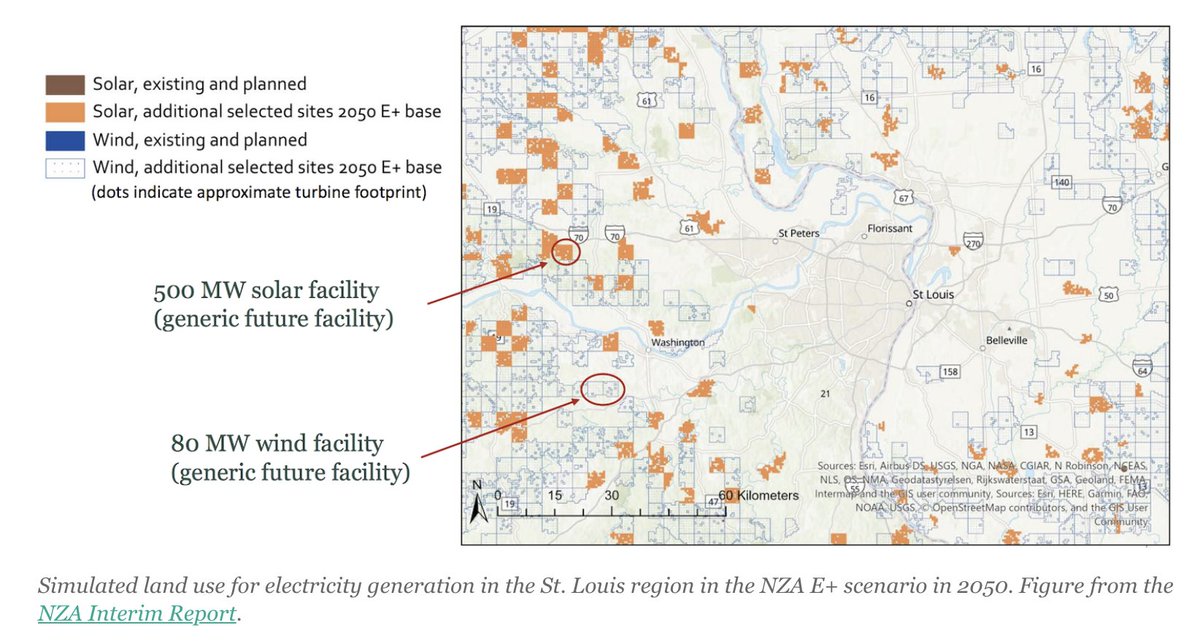
This is actually an interesting question: would a $45k purchase in bitcoin result in a emissions associated with a verifying a single bitcoin transaction (~0.4 tons) or the average CO2 per dollar equivalent of transactions (~2 kg CO2/$, so ~96 tons)?
https://twitter.com/EricHolthaus/status/1374753318623399939
This makes quite the difference; the former would reduce the benefits of switching from an ICE to a Tesla by around 1.5%, while the latter would make the Tesla 3x worse than an ICE vehicle!
Sources:
CO2 footprint of Bitcoin: digiconomist.net/bitcoin-energy…
Annual dollar transactions: ycharts.com/indicators/bit…
Benefits of Tesla vs ICE on emissions: carbonbrief.org/factcheck-how-…
*also caveat that I haven't had my coffee yet so forgive any egregious math errors.
CO2 footprint of Bitcoin: digiconomist.net/bitcoin-energy…
Annual dollar transactions: ycharts.com/indicators/bit…
Benefits of Tesla vs ICE on emissions: carbonbrief.org/factcheck-how-…
*also caveat that I haven't had my coffee yet so forgive any egregious math errors.
The answer seems to be that embodied emissions are constant per transaction regardless of the magnitude, so the impact in isolation on the CO2 benefits of buying a Tesla would be small. But second order effects (e.g. encouraging more mining) may be larger:
https://twitter.com/mipa______/status/1374765302479720448
• • •
Missing some Tweet in this thread? You can try to
force a refresh










